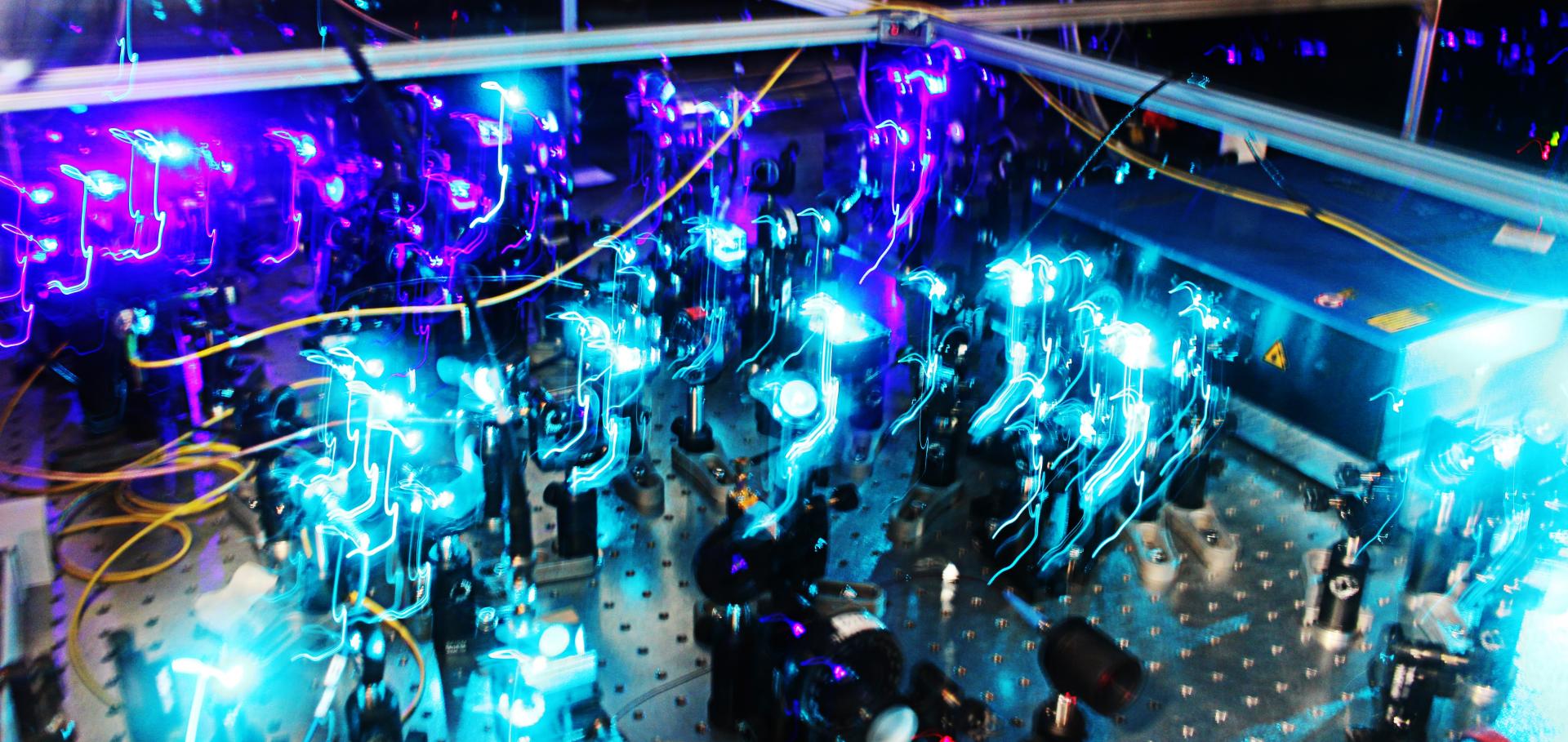Entanglement between living bacteria and quantized light witnessed by Rabi splitting
Journal of Physics Communications IOP Publishing 2:10 (2018) 101001
Proton tunnelling in hydrogen bonds and its implications in an induced-fit model of enzyme catalysis
Proceedings of the Royal Society A: Mathematical, Physical and Engineering Sciences Royal Society 474:2218 (2018) 20180037
Abstract:
The role of proton tunnelling in biological catalysis is investigated here within the frameworks of quantum information theory and thermodynamics. We consider the quantum correlations generated through two hydrogen bonds between a substrate and a prototypical enzyme that first catalyses the tautomerization of the substrate to move on to a subsequent catalysis, and discuss how the enzyme can derive its catalytic potency from these correlations. In particular, we show that classical changes induced in the binding site of the enzyme spreads the quantum correlations among all of the four hydrogen-bonded atoms thanks to the directionality of hydrogen bonds. If the enzyme rapidly returns to its initial state after the binding stage, the substrate ends in a new transition state corresponding to a quantum superposition. Open quantum system dynamics can then naturally drive the reaction in the forward direction from the major tautomeric form to the minor tautomeric form without needing any additional catalytic activity. We find that in this scenario the enzyme lowers the activation energy so much that there is no energy barrier left in the tautomerization, even if the quantum correlations quickly decay.Organic molecule fluorescence as an experimental test-bed for quantum jumps in thermodynamics
Proceedings of the Royal Society A: Mathematical, Physical and Engineering Sciences Royal Society 473:2204 (2017) 20170099
Abstract:
We demonstrate with an experiment how molecules are a natural test bed for probing fundamental quantum thermodynamics. Single-molecule spectroscopy has undergone transformative change in the past decade with the advent of techniques permitting individual molecules to be distinguished and probed. We demonstrate that the quantum Jarzynski equality for heat is satisfied in this set-up by considering the time-resolved emission spectrum of organic molecules as arising from quantum jumps between states. This relates the heat dissipated into the environment to the free energy difference between the initial and final state. We demonstrate also how utilizing the quantum Jarzynski equality allows for the detection of energy shifts within a molecule, beyond the relative shift.Proton tunneling in hydrogen bonds and its implications in an induced-fit model of enzyme catalysis
(2017)


